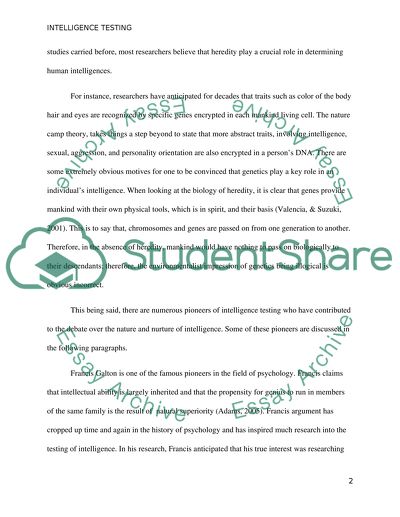Cite this document
(“Nature and Nurture of Mankind Intelligence Term Paper”, n.d.)
Retrieved from https://studentshare.org/psychology/1404592-psychology
Retrieved from https://studentshare.org/psychology/1404592-psychology
(Nature and Nurture of Mankind Intelligence Term Paper)
https://studentshare.org/psychology/1404592-psychology.
https://studentshare.org/psychology/1404592-psychology.
“Nature and Nurture of Mankind Intelligence Term Paper”, n.d. https://studentshare.org/psychology/1404592-psychology.


